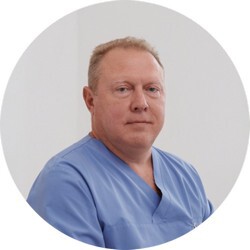
Benign breast dysplasia (formerly known as mastopathy) is a phenomenon of the reproductive period. In other words, theoretically, it can occur in a woman from around the age of 16 to 47. However, these formations are mostly detected between the ages of 34 and 38, says Leonid Semichkovsky, a mammologist from the Republican Clinical Medical Center.
The doctor shared with 103.BY whether benign breast formations can turn malignant, why the diagnosis of "mastopathy" no longer exists, why mammologists are cautious about late first childbirth, and have a lack of affection for urbanized cities.
«It's incorrect to label all 12 possible pathological conditions of the breast as mastopathy.»
— The term "mastopathy," which continues to be used in some Eastern European countries, is outdated. In the world, this archaic term hasn't been used since the release of the International Classification of Diseases, 10th Revision (which happened in 1990).
The issue is that the term "mastopathy" used to encompass 9 to 12 pathological conditions of the breast — this is incorrect. We live in an era of evidence-based medicine that aims for maximum accuracy: diagnose something — prove it; remove something — show it, and so on.
In international practice, the term "benign breast dysplasia" is used. This can include fibroadenomas, fibrocystic diseases, simply cyclic disturbances, and specific focal processes.
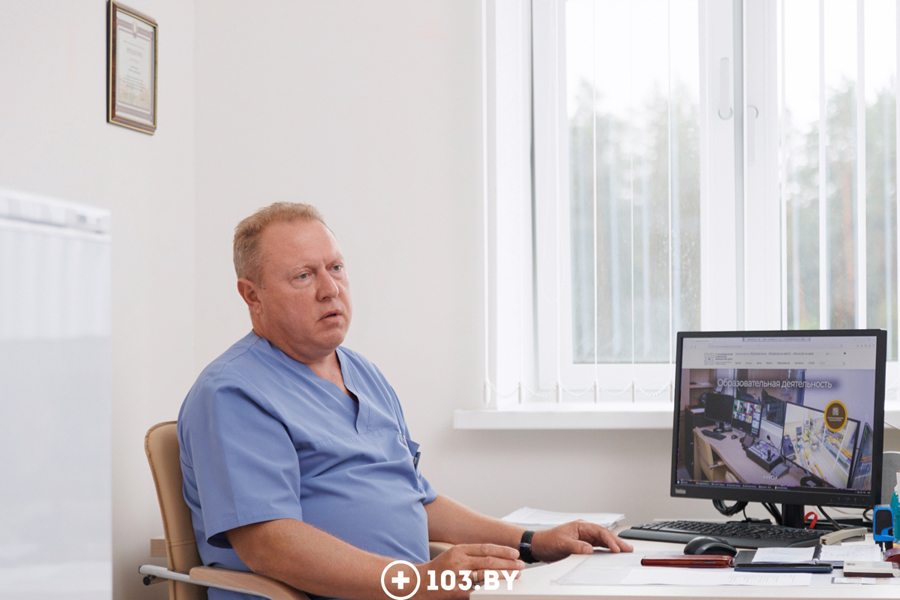
«At 54 years old, there should already be three mammographic images. However, in Belarus, there are many unscreened women.»
A nodular process cannot be diagnosed solely by touch — by modern standards, simple palpation of the breasts is considered an insufficient form of diagnosis.
Objective diagnostic methods must be employed:
- For women of reproductive age, ultrasound examination is sufficient;
- After menopause, X-ray mammography is added. It is conducted every 2 years, starting from the age of 50.
For example, at 54 years old, there should already be three mammographic images. However, in Belarus, many women have not been screened. It happens that gynecologists do not refer patients for mammography, even though it is implied by the normative documents of the Ministry of Health of the Republic of Belarus. But often, it's due to the carelessness of the women themselves.
If some formation is detected during instrumental examination, a breast biopsy is prescribed. Currently, biopsies are performed using ultrasound, X-ray, or magnetic resonance navigation. The isolated use of "random" biopsies has fallen out of favor.
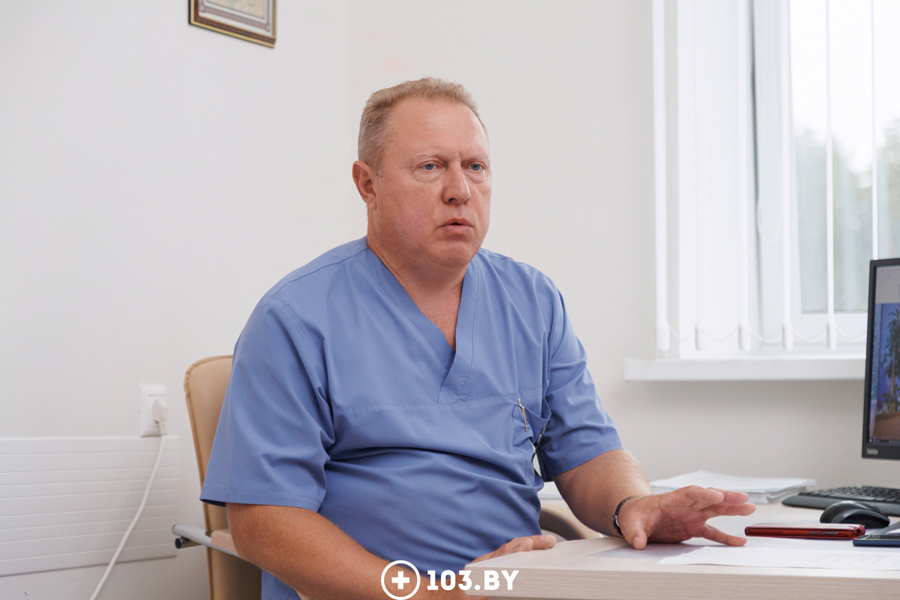
«First childbirth after the age of 30 is one of the main risk factors for the development of benign breast pathology»
Benign breast dysplasia is a disease of the reproductive period. In theory, it can occur in women approximately from the age of 16 to 47. However, the most common group is women aged 34–38.
Often, it's more accurate to refer to benign breast formations as a painful condition rather than a disease. It can appear, disappear, be regulated by diet, changes in sleep patterns and wakefulness, and pharmacological means.
A disease is mentioned when the glandular layer is enlarged, the ductal system is expanded, there are fluid formations in the breast, and fibrous deposits are present (fibrocystic disease).
Conditions that haven't yet progressed to fibrocystic disease may be associated with cyclic mastodynia, which involves irregular menstrual cycles, cyclic changes in the breasts, and so on. Cyclical disorders are typical for nulliparous women and are accompanied by phase 2 insufficiency of the menstrual cycle. These cyclical disorders usually subside after childbirth and the end of lactation.The age at the time of childbirth should be considered. First childbirth after the age of 30 is one of the main risk factors for the occurrence of benign pathology.
It's all about what's called late hormonal stimulation. If the body was "shaken up" for the first time at a younger age, everything usually normalizes by 30. If the "shake-up" occurs around 30, it's much more challenging for the body to "calm down."
If a woman has given birth more than once, typically no so-called mastopathies arise. During pregnancy and breastfeeding, the body has plenty of progesterones. The breast "bathes" in progesterones, and the more, the better.
However, if a woman gets married at 35 and gives birth to her first child at 37 with great difficulty (by this age, gynecological conditions often arise, assisted reproductive technologies may be used), it's not very good for the body.
The main enemy of breast health is urbanization. We live in an era where women need to first earn a home, a car, build a career, travel the world. Only then can they consider marriage and attempting to conceive a child.
However, society needs to understand that hormonal stimulation for the first time at the age of 40 is an "explosion" within the body. How the body will react to it is unknown.
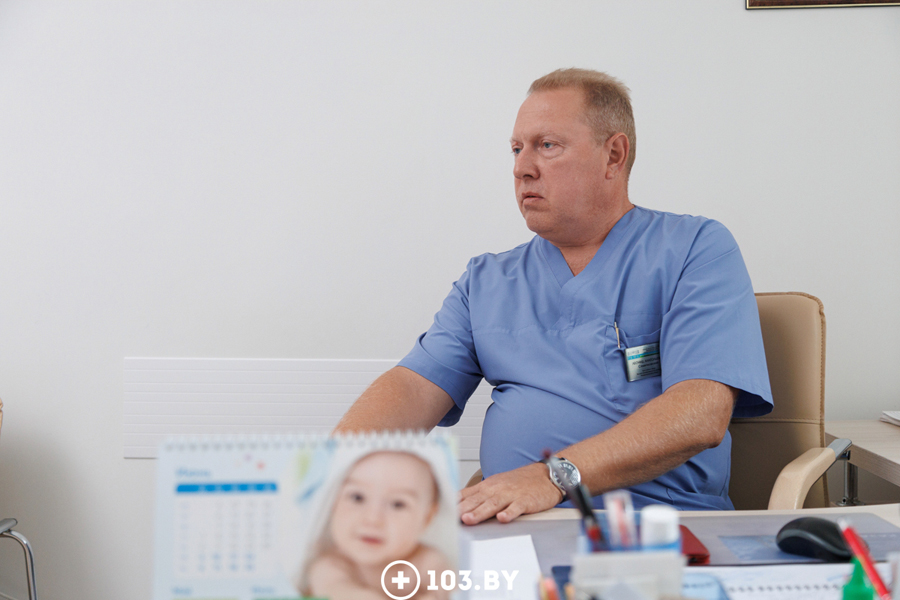
«States with active cell division require special monitoring.»
What's the likelihood that a breast formation will turn malignant?
There's a large study that looked at the results of nearly a thousand biopsies conducted for various breast conditions. Cancer accounted for 6%. In other words 94% are benign processes.
However, if these are pronounced proliferative (actively dividing) states, they can "break down" at some point under certain conditions: unfavorable characteristics of the reproductive period, late first childbirth, desynchronization (such as shift work), and genetic predisposition.
Proliferative states require dispensary monitoring, observation, additional examinations using ultrasound, X-ray methods, and MRI.
In Belarus, around 5,000 people are diagnosed with breast cancer each year.
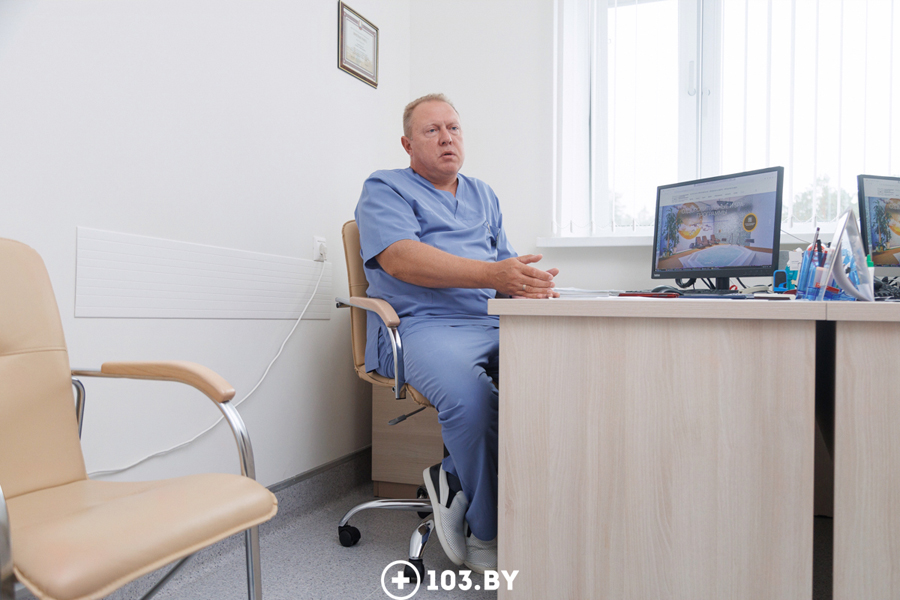
«A fibroadenoma can become malignant, but very rarely»
If benign formations arise at a young age, they typically involve some cyclical transient disturbances or fibroadenomas, which are not of great significance in oncopathology.
Often, we pay too much attention to fibroadenomas. Western specialists don't even operate on them if the formation is less than 15–20 mm.
- Breast cancer is an epithelial tumor (adenocarcinoma).
- A fibroadenoma of the breast is a fibroepithelial congenital benign stromal tumor. In other words, due to its biological characteristics, it's difficult for it to turn into breast cancer.
However, a fibroadenoma can potentially transform into a sarcoma-like malignancy. But this is a rare condition. Out of 200 cases of breast cancer, 1 sarcoma is encountered. This is considering that breast cancer is diagnosed in about 1 out of 300 examined women.
«Breast self-examination has both proponents and opponents»
Benign processes of the breast are dangerous because they can mask cancer due to tissue density, which is particularly relevant for women over 40.
Since we have limited visibility of breast cancer, we have to use not one, but multiple diagnostic methods. We use breast ultrasound — not sufficient, X-rays — not sufficient, X-ray techniques — they're limited, we use MRI with contrast, but still, we might not be able to answer some questions. We perform biopsies: fine-needle, trepanobiopsy, vacuum biopsy. And only then, perhaps, we will find that cancer. All of this is very costly. It's easier to engage in preventive work.
Regarding self-examination, it has both proponents and opponents. Of course, it doesn't play a role in early cancer diagnosis. The issue is that during self-examination, we find a palpable area, meaning the tumor is likely in the second stage, if not the third.
Modern diagnostics, on the other hand, involve screening and a combination of methods that are aimed at the preclinical determination of a tumor, when it's not yet visible and can't be felt by hand.
At the same time, a woman can discover a breast cyst or fibroadenoma herself and immediately seek medical attention.
It's also important to understand that there are aggressive forms of breast cancer that develop over a few months.Imagine if a patient was examined in March, the tumor develops in May, and the person calmly waits until the following March. Breast cancer doesn't hurt, even when it reaches significant sizes. In such cases, self-examination would help detect the tumor earlier.
Of course, self-examination isn't a guarantee of salvation, but a person will come to the specialist earlier, and treatment can be prescribed.
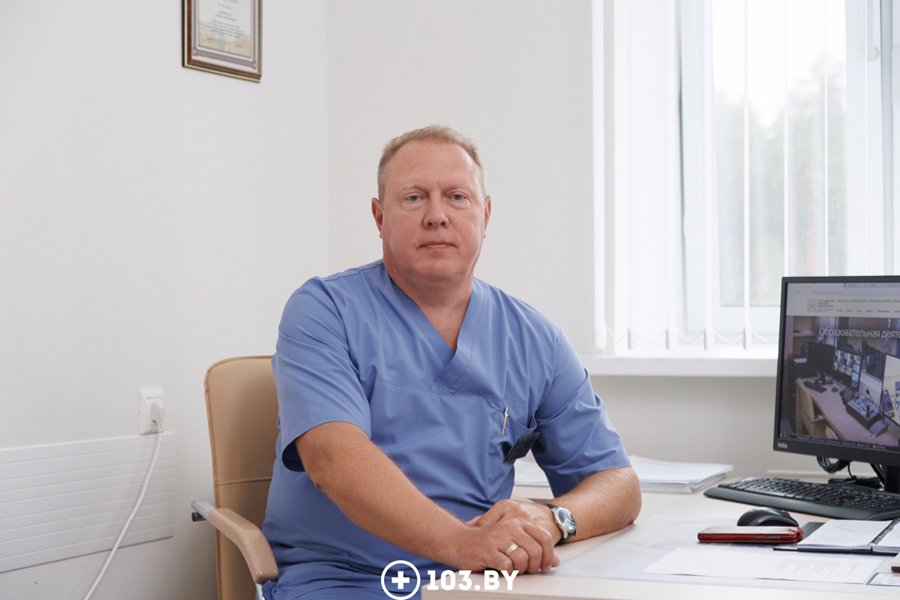
If we look at international standards — such as those of the World Health Organization — self-examination isn't excluded from the list of examinations.
It's not complicated: while soapy in the shower, run your hand over your breast in different directions. For the left breast, use your right hand, and for the right breast, use your left hand. If something slips under your palm that wasn't there before, you should immediately see a doctor. Or if there are discharges unrelated to pregnancy or lactation.In the presence of benign formations, there can also be physiological discharges (white, brown, greenish, yellow), but they usually come from both breasts. This is within the permissible range because the breast is a living organ, and its ducts don't dry up.
Pathological discharges are distinct, pink, and remain on clothing. They are usually one-sided.
«There's an opinion that with 'mastopathy,' nothing needs to be done: menopause will come, and it will pass on its own.»
We can't block the development of benign formations in the breast, so we're talking less about treatment and more about regulation: we regulate the menstrual cycle, direct the woman to a gynecologist to try to balance her reproductive system conditions, prescribe medications, dietary supplements, hormonal regulators.
There's no single pill that's prescribed and everything is resolved. We aim to work with entire mechanisms. For example, some people can't tolerate shift work — desynchronization leads to severe conditions for them. In that case, changing work conditions is necessary because it's a very serious factor. It's no coincidence that in 2017, Nobel Prizes were awarded to scientists who discovered the molecular mechanisms controlling the circadian rhythm.
In addition to this, patients with benign breast dysplasia require annual monitoring (more frequently if it's an actively progressing process).
There are proponents of the idea that nothing needs to be done with 'mastopathy': menopause will come, and it will pass on its own. Maybe most cases will pass, but:
- Part of these proliferative states we talked about may transform into breast cancer during this period;
- We might not detect genetically determined tumors in time.
There's familial breast cancer (passed from grandmother to granddaughter, for example). Typically, these individuals get sick at a fairly late age and live long. Often, this disease has a favorable course in such cases because minor genetic mutations gradually accumulate in the family.
For people who require any form of treatment, it's important to know that there's a useful document — the Law of the Republic of Belarus "On Healthcare." It states the patient's right to choose a medical institution and treating doctor (if a person knows where and who provides better treatment, they can go there), the right to know information about their diagnosis (some medical institutions continue to hide it, especially when oncological pathology is detected), the disease prognosis, and the right to receive information about methods and options for treatment. Everything should be discussed and agreed upon with the patient.
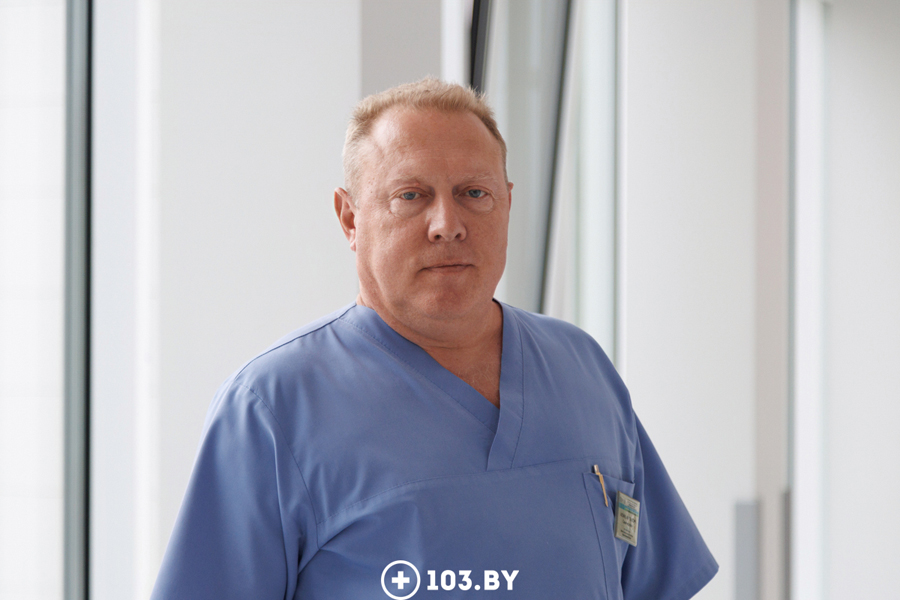
I'll reiterate that breast cancer is a disease of urbanization: we have poor-quality food, we go to bed closer to 2 AM rather than sunset, many women delay childbirth or give birth late…
Breast cancer affects 2.4 million people worldwide every year, and 690,000 people die from it. However, there is good news as well. Not too long ago, we discussed how breast cancer was becoming more prevalent. But at present, the increase in incidence has stopped. It's likely that the previous rise was linked to the development of diagnostic methods. Now, almost all countries have mammography, ultrasound machines, MRI, CT scans — and the incidence has stabilized.
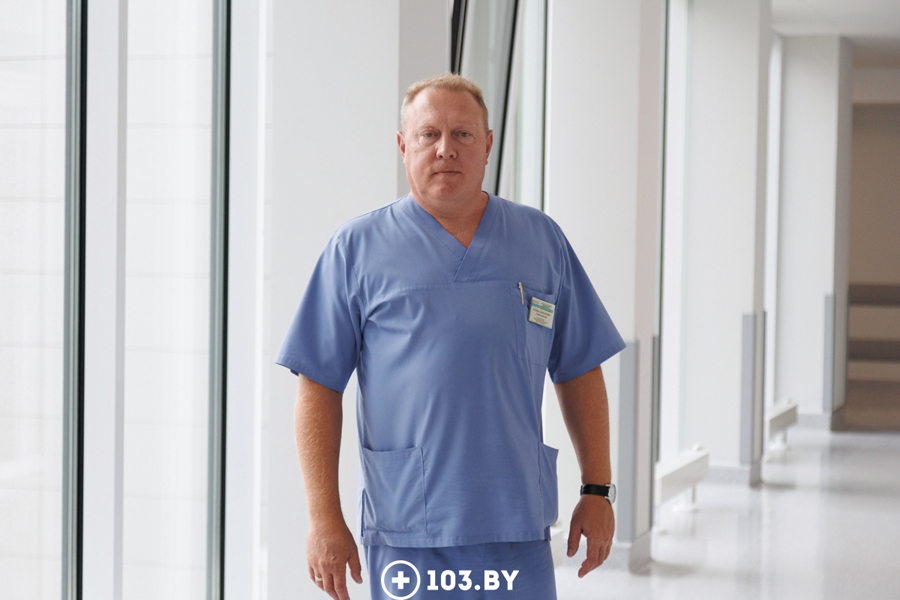
Photo: Alexander Zadorin
103.by



